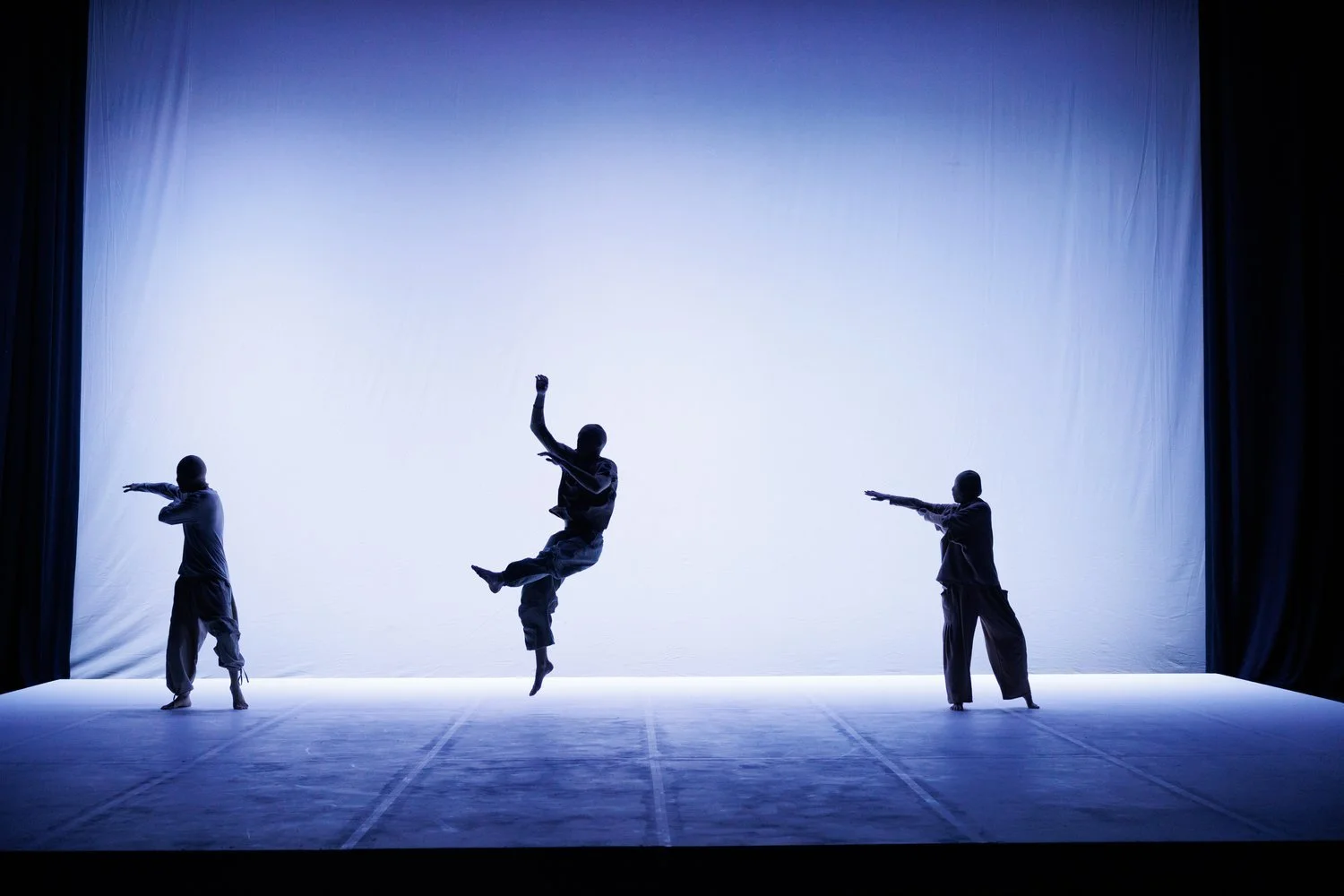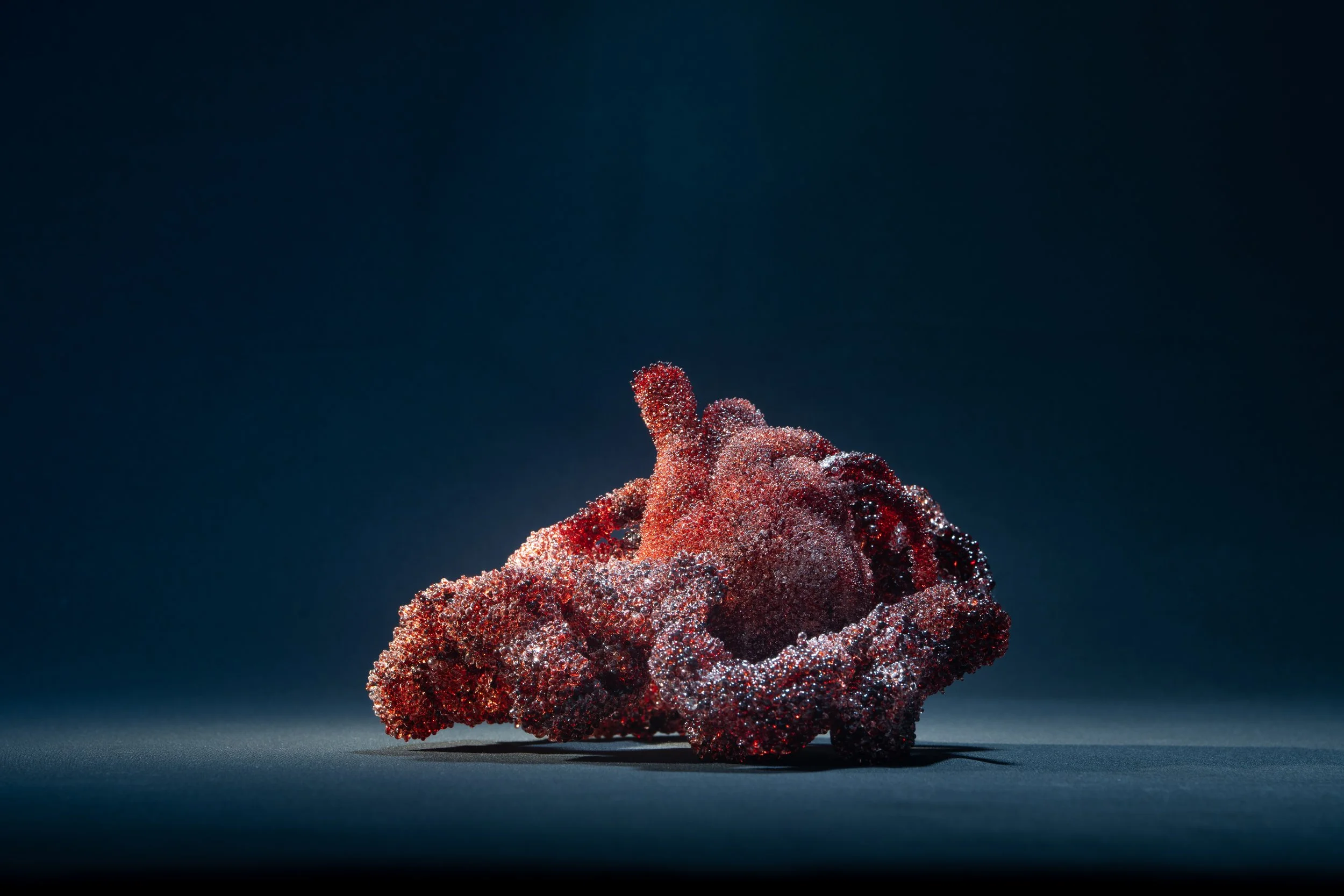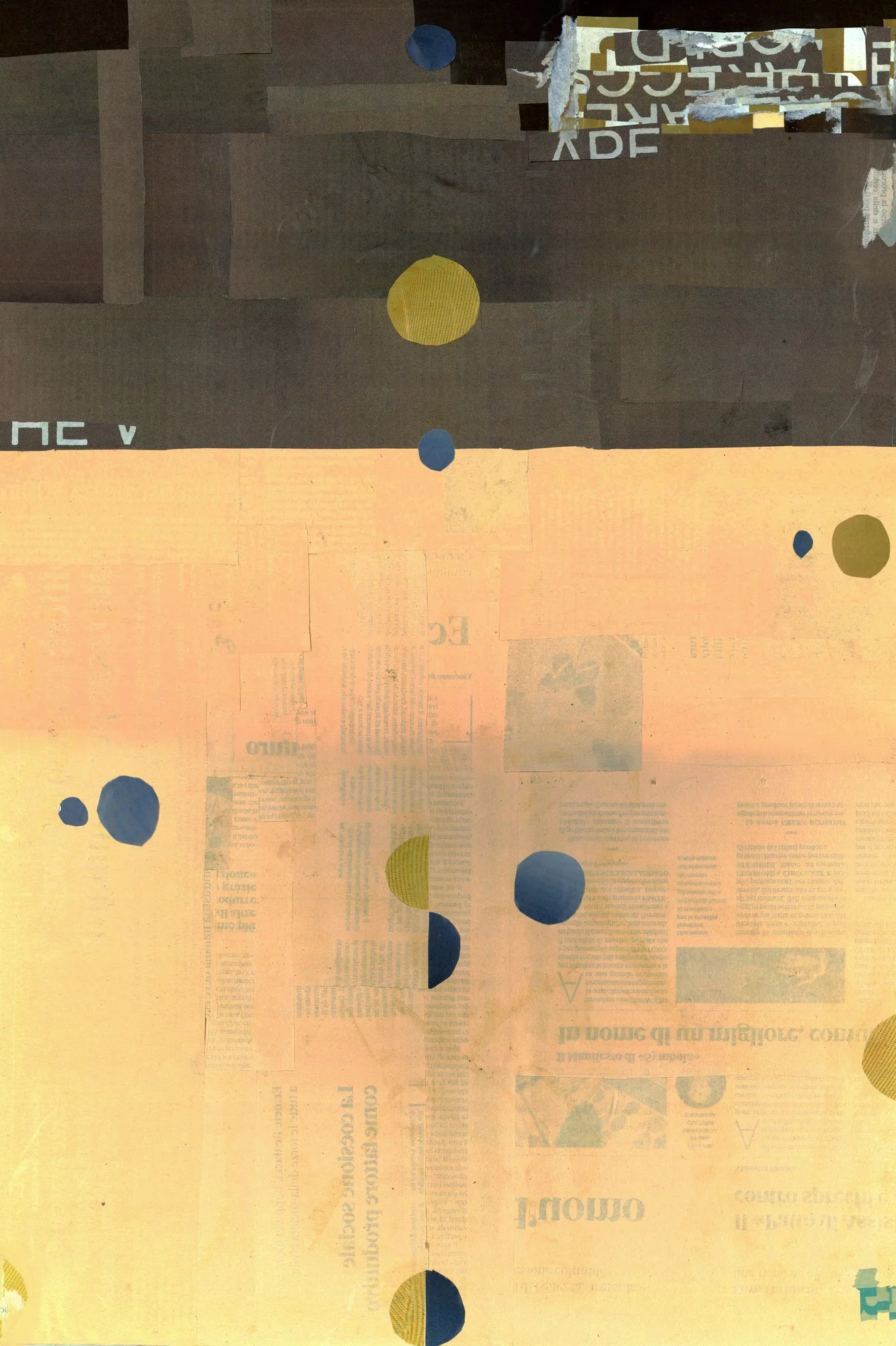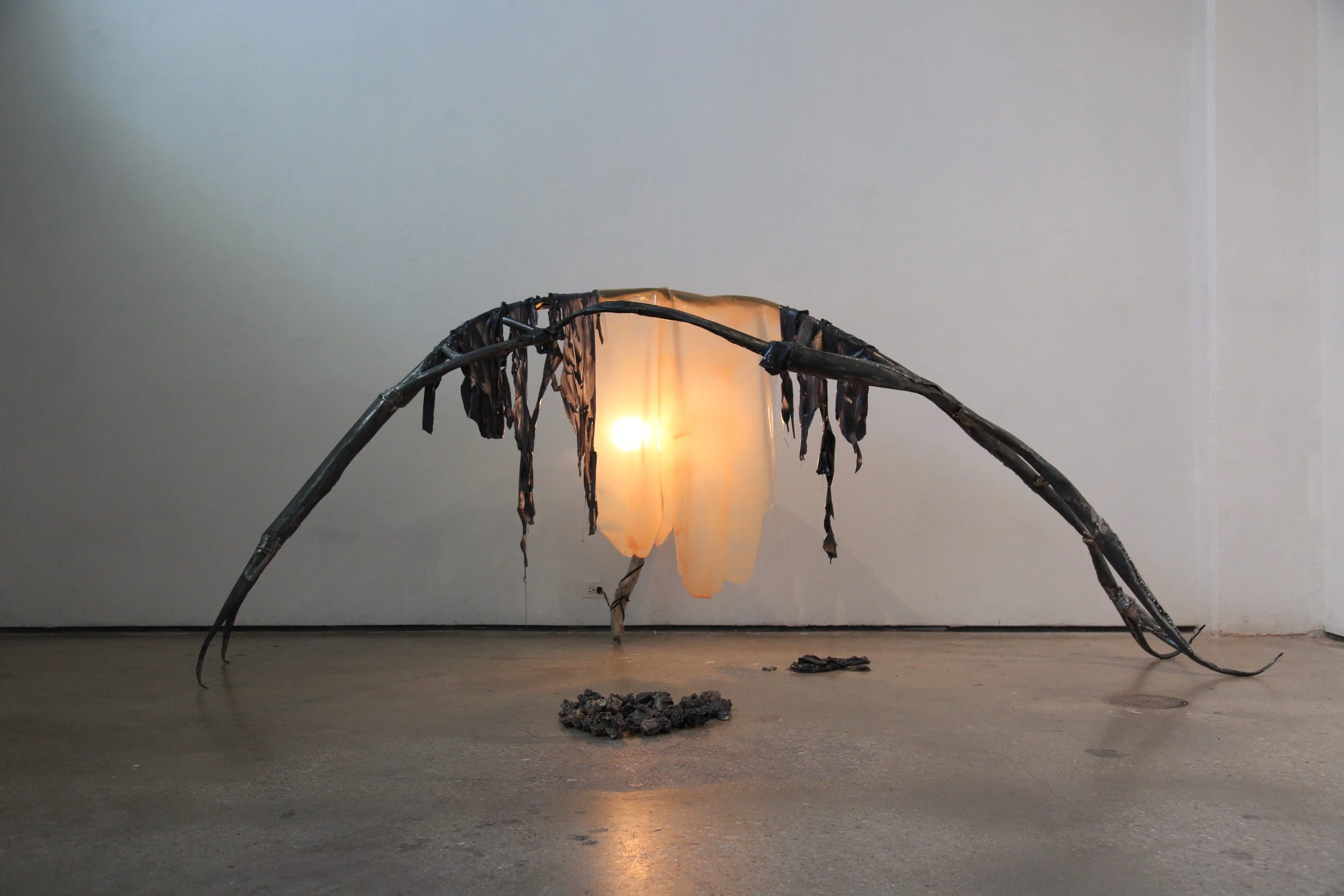INTERVIEW | Charles Chao Wang
Charles Chao Wang is a London-based photographer and artist. His work draws from his own experiences and memories and is influenced by a variety of fields, including sociology, philosophy, and psychology. He offers a powerful social commentary, as well as an opportunity for spiritual healing, enabling both the viewer and the artist to reflect on and respond to societal challenges.































